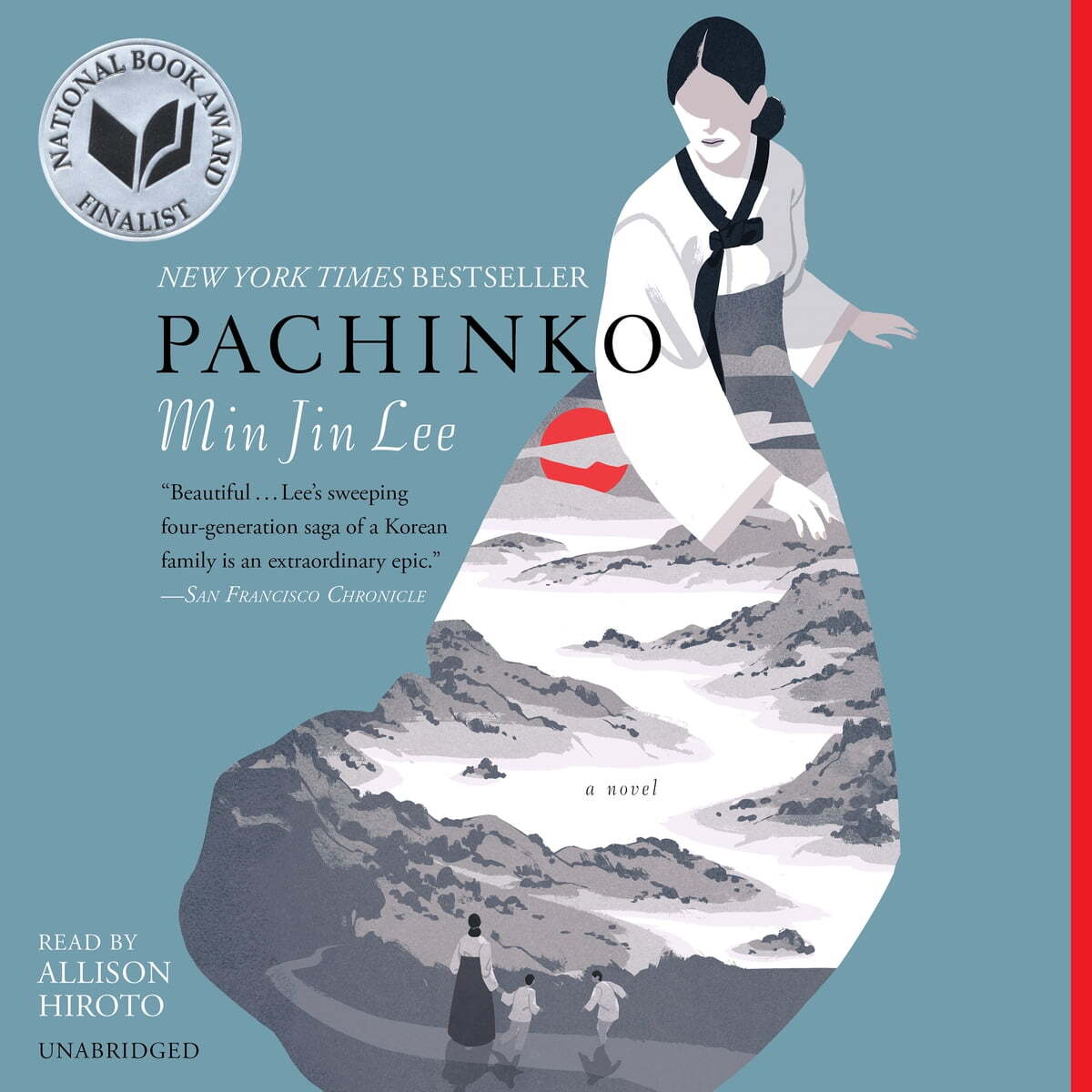Generational Trauma in Pachinko
In Pachinko, Lee portrays how generations of Koreans are living under the image of "being looked down upon" due to colonialism. As seen in There There, one way people react to this generational trauma is by trying to isolate from their culture. A prime example of such a character is Noa. Noa tries to be a "good Korean" but eventually realizes that he can't be both Japanese and Korean. At school, Noa realizes that all the good students are "Japanese." At school, Noa learns that the Japanese teachers have a goal to “make Koreans good children of the benevolent Emperor.” He does not know what to do since his father wants him to be a "good Korean." Noa tries to become more Japanese. The way Noa is treated by his girlfriend also shows the common theme of stereotyping. Akkiko comes from a wealthy Japanese family, whose parents are not accepting Koreans. Akiko prides herself on not conforming to the norm and is willing to disagree with others. The idea of Koreans being able to fully assimilate in Japan is portrayed as a reality that one cannot achieve in Pachinko. "The Korean characters in this novel are especially conscious of the rigged system they are up against. Sunja's attempts to ensure a better life for Noa backfire because he internalizes the stigma of his birth" (Bigman 5). Noa tries his best to assimilate to Japanese society, even by dating a Japanese girl, but by the end, his attempts fail and he still has an identity crisis. Additionally, when Noa finds out that Hansu is his father, he realizes that he has "yazuka blood" which is even harder for him to accept. “I suppose having yakuza in your blood is something that controls you. I can never be clean of [Hansu]” (Lee).
Mosazu, on the other hand, does not care much about his identity. He makes money through Pachinko parlours in Japan, even though it is looked down upon by society. He is not as conscious and compromising compared to Noa. He does not try to assimilate into society but rather conforms to the way people look down upon him as a "dirty Korean." Both Noa and Mosazu's situation show how it is hard to be Korean living in Japan. Mosazu is looked down upon through his business. There is a stark contrast between the two brothers: one wants to conform to society while the other is stereotyped against. Both Noa and Mozasu have issues figuring out their identity, however.
The analysis of Solomon is also interesting. Mozasu has high ambitions for Solomon. He tells Solomon that Koreans in Japan have a complicated situation. They do not have a homeland in Japan, they cannot be Japanese citizens, and they can be deported. Mozasu hopes that Solomon learns Japanese and works for an American company so that he can get rich. The idea of contaminated blood, or yazuka, is common in society and Mozasu realizes that this can affect Solomon. For example Solomon ends up losing his job because of that. Solomon makes peace with the fact that he has yazuka blood by the end and joins his father's business. Once again, Lee is trying to show us that it is hard for Zainichi's to succeed in Japan due to all the sterotypes against them and hardships they face.
Noa can never get rid of his Korean ties no matter how hard he tried, leading to his suicide which is a common effect of generational trauma. Sunja faces trouble when she was younger due to Hansu, and generations after her have to face the consequences. Noa finds out about his father, resulting in him taking his life. The generational trauma in Pachinko shows how generations of Korean immigrants face the issues and effects of colonialism. Many of these struggles due to generational trauma are mental battles.
